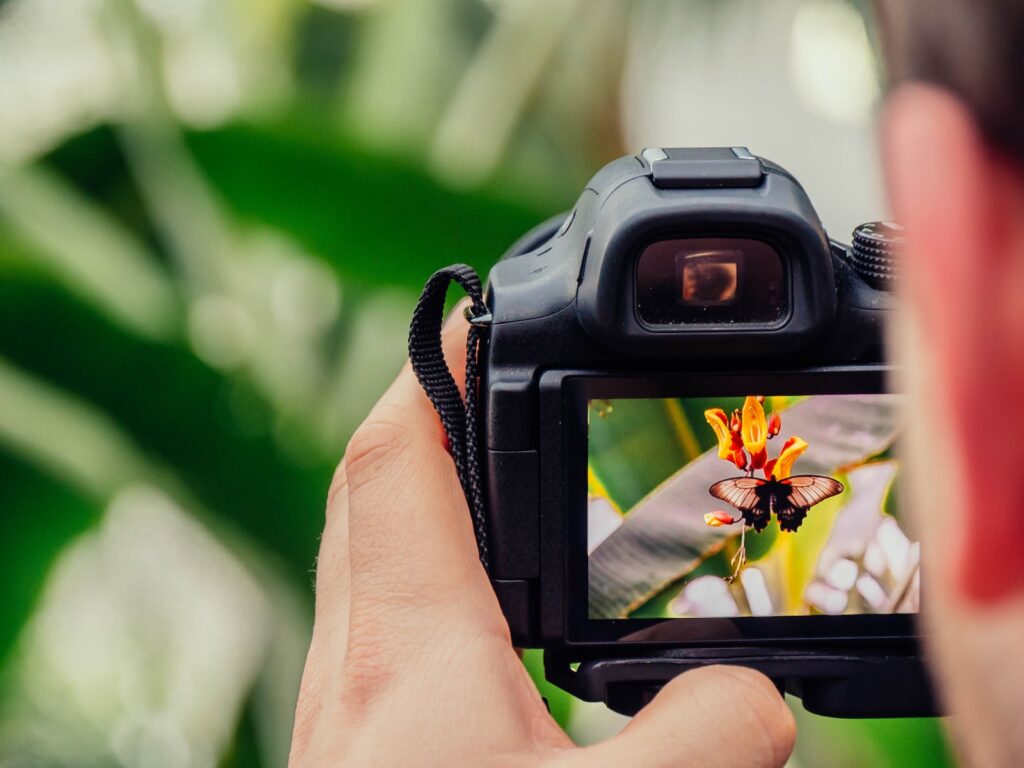Each type of photography shot has its own unique purpose and can add a different element to your photos. As a photographer, it’s important to know how to execute each type of shot in order to create the most impactful images possible. Here’s a quick guide to the seven different types of photography shots:
1. The Wide Shot
A wide shot is typically used to capture the overall scene and give the viewer a sense of the setting. This type of shot is often used in landscape photography or when photographing large groups of people.
2. The Close Up
A close up shot is usually taken from a closer distance than a wide shot, and it’s used to focus on a particular subject. This type of shot is often used in portrait photography or when photographing smaller details.
3. The Medium Shot
A medium shot is taken from a moderate distance and can capture both the subject and the surrounding environment. This type of shot is often used in street photography or when photographing candid moments.
4. The Long Shot
A long shot is taken from a distance that allows the viewer to see both the subject and the background environment. This type of shot is often used in wildlife photography or when trying to capture a sense of scale.
5. The Establishing Shot
An establishing shot is typically a wide or medium shot that’s used at the beginning of a video or film to give the viewer a sense of the location. This type of shot is often used in travel photography or documentaries.
6. The Point Of View Shot
A point of view shot is taken from the perspective of the subject and can be used to create a more immersive experience for the viewer. This type of shot is often used in action photography or when trying to convey a strong emotional reaction.
7. The Cutaway Shot
A cutaway shot is an interruption in the action that’s used to show something else that’s happening in the scene. This type of shot is often used in news segments or when trying to convey a complex message.
8. The Close-Up Shot
A close-up shot is one that captures your subject from up close. This type of shot is great for highlighting details or capturing emotion. When taking a close-up shot, be sure to use a shallow depth of field so that your subject is in focus while the background is blurred.
9. The Wide Shot
The opposite of a close-up shot is a wide shot. This type of shot captures your subject from far away. Wide shots are often used to give a sense of scale or to show the environment in which your subject is located.
10. The Panning Shot
A panning shot is a type of tracking shot that follows your subject as they move. To capture a panning shot, you’ll need to use a slow shutter speed while moving your camera along with your subject. This will result in a blurred background and a sharp subject.
11. The Action Shot
An action shot is one that captures a moment of movement. These types of shots are often used in sports photography or to capture other fast-paced events. To take an action shot, you’ll need to use a fast shutter speed so that your subject is frozen in time.
12. The Night Shot
A night shot is a type of low-light photography that captures the light from the stars or other artificial light sources. To take a night shot, you’ll need to use a long exposure time so that your camera can gather enough light.
13. The Time-Lapse Shot
A time-lapse shot is a type of video that captures a scene over an extended period of time and condenses it into a short clip. To take a time-lapse shot, you’ll need to set up your camera and let it record for hours or even days.
14. The HDR Shot
An HDR shot is a type of image that captures a high dynamic range. This means that it can capture both the highlights and shadows in a scene. To take an HDR shot, you’ll need to use special software or editing techniques.
As you can see, there are a variety of different types of photography shots that you can use to create more impactful images. By understanding the purpose of each shot, you’ll be able to make better choices about which ones to use in your own photography.

